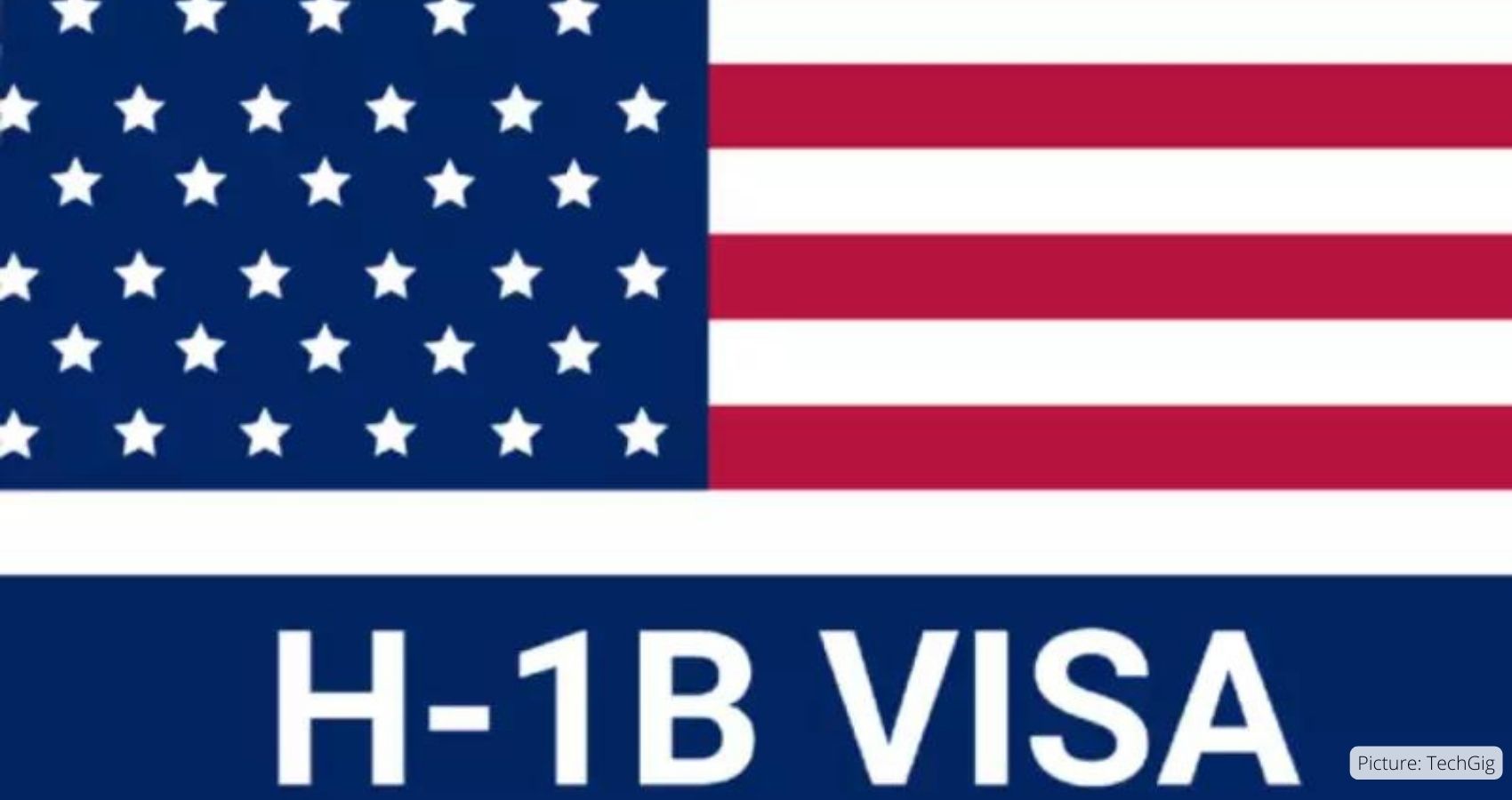The utilization of artificial intelligence (AI) in recruitment processes has become increasingly prevalent, with companies employing a variety of tools such as body-language analysis, vocal assessments, gamified tests, and CV scanners to screen job candidates. According to a late-2023 survey conducted by IBM among over 8,500 global IT professionals, 42% of companies were utilizing AI screening to enhance their recruitment and human resources procedures, while an additional 40% were contemplating integrating this technology into their operations.
While many within the corporate sphere had initially hoped that AI recruiting technologies would help alleviate biases in the hiring process, concerns have emerged regarding their effectiveness. Despite expectations, some experts argue that these tools may inaccurately evaluate highly qualified job applicants, potentially leading to the exclusion of the best candidates from consideration.
Hilke Schellmann, an author and assistant professor of journalism at New York University, highlights the potential risks associated with AI recruiting software. She suggests that the primary danger posed by such technology lies not in machines replacing human workers, as commonly feared, but rather in the hindrance it may cause in individuals securing employment opportunities.
Instances have already surfaced where qualified job seekers found themselves at odds with AI-powered hiring platforms. In a notable case from 2020, Anthea Mairoudhiou, a UK-based make-up artist, recounted her experience with the AI screening program HireVue. Despite performing well in skills evaluations, she was ultimately denied her role due to a negative assessment of her body language by the AI tool. Similar complaints have been lodged against comparable platforms, indicating potential flaws in their evaluation processes.
Schellmann emphasizes that job candidates often remain unaware of whether AI tools played a decisive role in their rejection, as these systems typically do not provide users with feedback on their evaluations. However, she points to numerous examples of systemic biases within these technologies, including cases where alterations such as adjusting one’s birthdate led to significant differences in interview outcomes, or where certain hobbies were favored over others based on gender norms.
The ramifications of biased selection criteria are particularly concerning for marginalized groups, as differences in backgrounds and interests can lead to their exclusion from consideration. Schellmann’s research further revealed instances where AI assessments failed to accurately evaluate candidates’ qualifications, raising doubts about the reliability of these systems.
Schellmann expresses apprehension regarding the widespread adoption of AI recruiting technologies, fearing that the negative consequences may escalate as the technology proliferates. She underscores the potential impact of algorithms used across large corporations, which could adversely affect hundreds of thousands of job applicants if biased.
The lack of transparency regarding the flaws in AI systems poses a significant challenge in addressing these issues. Schellmann suggests that companies, motivated by cost-saving measures and the efficiency of AI in processing large volumes of resumes, may be disinclined to rectify these shortcomings.
Sandra Wachter, a professor at the University of Oxford’s Internet Institute, stresses the importance of developing unbiased AI systems in recruitment. She advocates for the implementation of tools like the Conditional Demographic Disparity test, which alerts companies to potential biases in their algorithms and facilitates adjustments to promote fairness and accuracy in decision-making.
Echoing Wachter’s sentiments, Schellmann calls for industry-wide regulation and oversight to address the current shortcomings in AI recruiting technologies. Without intervention, she warns that AI could exacerbate inequality in the workplace, undermining efforts to create fair and equitable hiring practices.


